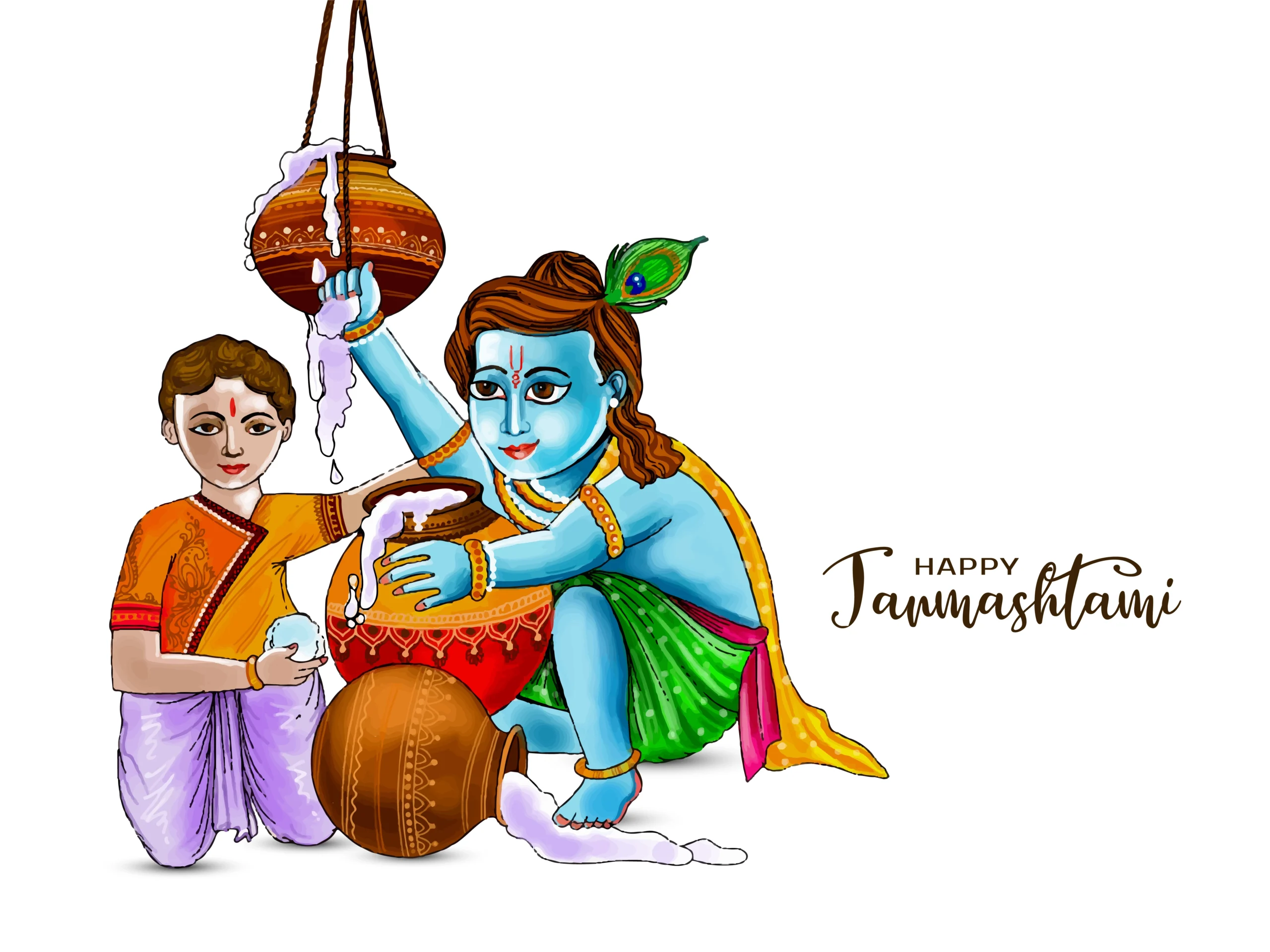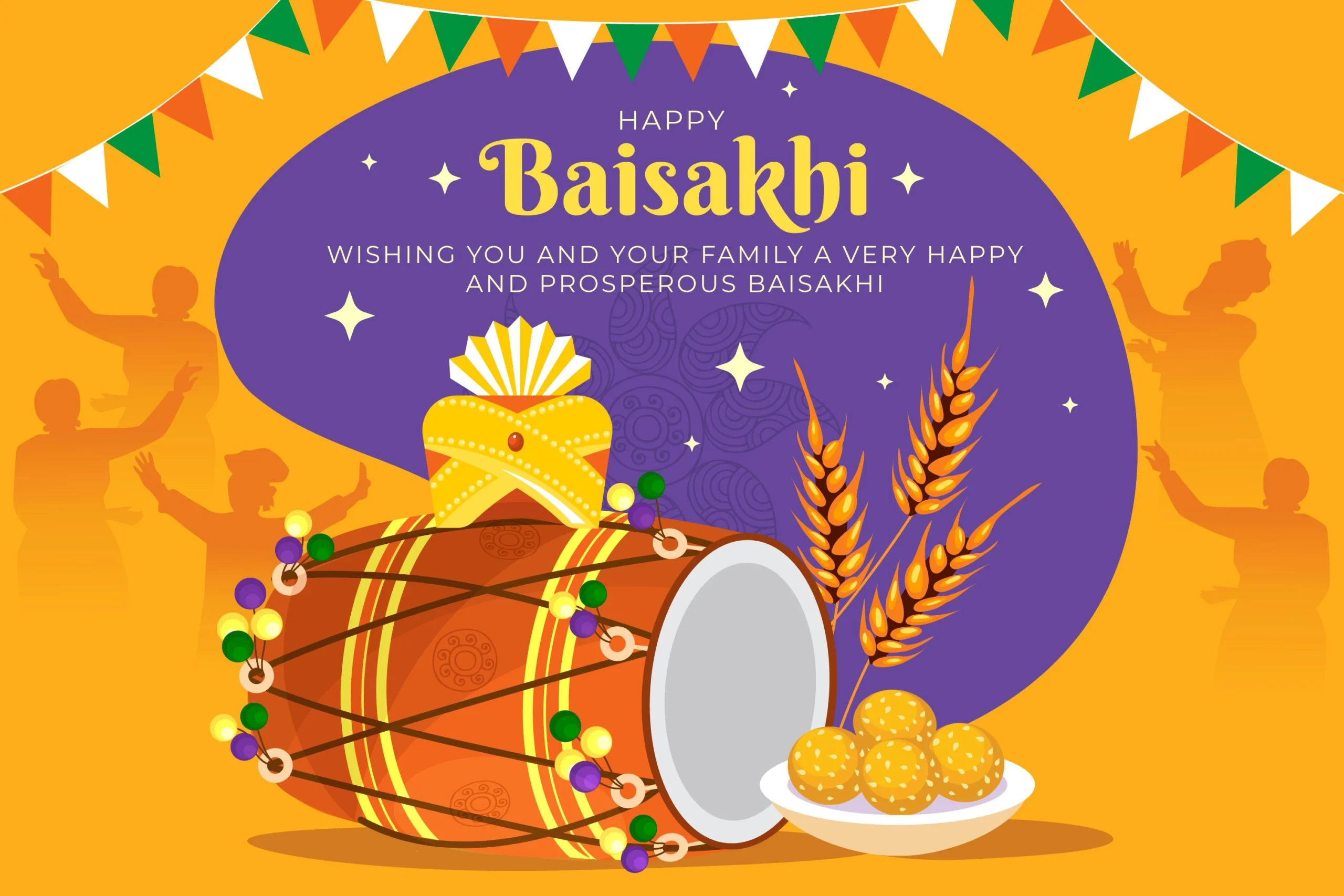Krishna Janmashtami, also known as Janmashtami or Gokulashtami, is a major Hindu festival celebrating the birth of Lord Krishna, the eighth avatar of Vishnu. It falls on the eighth day of the dark fortnight in the month of Bhadrapada (August-September). The festival is marked by various religious activities, rituals, and celebrations that span from devotional prayers to community gatherings. This guide will walk you through the essential aspects of Krishna Janmashtami, from its significance to practical tips for celebrating it.
Significance of Krishna Janmashtami
Historical and Religious Background
Krishna Janmashtami commemorates the birth of Lord Krishna, who is revered as the divine protector and teacher in Hinduism. According to Hindu scriptures, Krishna was born in the Dwapara Yuga (an age in Hindu cosmology) to rid the world of the tyrannical demon king Kansa. His life and teachings, especially as narrated in the Bhagavad Gita, offer profound spiritual insights and moral guidance.
Symbolism and Mythology
Krishna’s birth symbolizes the triumph of good over evil. His life story is filled with divine miracles, heroic deeds, and teachings that emphasize righteousness, devotion, and love. Celebrating his birth is a way to honor these timeless values and reconnect with spiritual traditions.
Preparing for the Celebration
Setting Up Your Home
Cleaning and Decoration
Before the celebration, clean your home thoroughly as a sign of respect and to create a welcoming environment. Decorate your home with traditional items such as flower garlands, colorful rangoli (patterns made with colored powders), and lights.
Krishna Idols and Altars
Place an idol or picture of Lord Krishna on a clean platform or altar. Adorn the idol with new clothes, ornaments, and flowers. Ensure that the altar is decorated with traditional items like fruits, sweets, and diya (oil lamps).
Fasting and Rituals
Observing Fast
Many devotees observe a fast on Janmashtami, which usually involves abstaining from food and water for the entire day or until midnight, the time of Krishna’s birth. Some choose to consume fruits and milk products to stay nourished.
Rituals and Puja
Perform the Krishna Janmashtami puja (ritual worship) with devotion. This includes bathing the Krishna idol, offering prayers, chanting hymns, and performing arati (a ceremonial light offering). Recite devotional songs and hymns like “Bhagavad Gita” and “Krishna Ashtakshara Mantra.”
Community Celebrations
Dahi Handi
What is Dahi Handi?
Dahi Handi is a popular tradition associated with Krishna Janmashtami, especially in Maharashtra. It involves hanging a pot of curd (dahi) high above the ground and forming human pyramids to break it. This event symbolizes Krishna’s playful nature and his love for butter and curd.
Organizing Dahi Handi
To organize a Dahi Handi event, you will need a sturdy pot, ropes, and a group of enthusiastic participants. Ensure safety measures are in place to prevent accidents. This celebration often includes music, dance, and festive foods.
Cultural Programs and Dance
Krishna Leela
Cultural programs showcasing Krishna Leela (divine plays) are a common feature of Janmashtami celebrations. These performances depict episodes from Krishna’s life, such as his childhood miracles and his role in the Mahabharata.
Traditional Dance and Music
Participate in or organize traditional dances like Raas and Garba. These dances, performed with devotional songs, are vibrant and joyful ways to celebrate Krishna’s life and teachings.
Special Recipes for Janmashtami
Traditional Sweets and Snacks
Makhan Misri
One of the favorite treats of Lord Krishna is Makhan Misri, a combination of butter and sugar. Prepare this simple yet delicious sweet as an offering to Krishna.
Peda and Kheer
Other popular sweets include Peda (milk-based sweet) and Kheer (rice pudding). These can be made using various recipes, incorporating ingredients like cardamom, saffron, and nuts.
Offering Food to Krishna
Prepare a special meal for Krishna, including a variety of dishes that he is believed to favor. Offer these dishes to the deity and then share them with family and friends as Prasad (sacred food).
Engaging in Devotional Practices
Chanting and Meditation
Devotees often engage in chanting the Hare Krishna mantra and other devotional hymns. Meditation and reflection on Krishna’s teachings can also deepen the spiritual experience of the festival.
Community Service
Participate in or organize community service activities such as distributing food, organizing charity events, or supporting local causes. This aligns with Krishna’s teachings of selfless service and compassion.
Conclusion
Krishna Janmashtami is a festival rich in tradition and spirituality. Celebrating this auspicious occasion involves a blend of devotion, cultural practices, and joyous festivities. By preparing your home, observing rituals, participating in community events, and engaging in devotional practices, you can honor Lord Krishna’s divine presence and teachings. Whether through fasting, decorating, or cultural programs, each aspect of the celebration helps in fostering a deeper connection with Krishna and upholding the values he represents. Embrace the joy and spirituality of Krishna Janmashtami and share the happiness with loved ones and the community.


